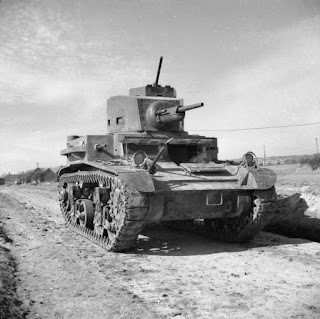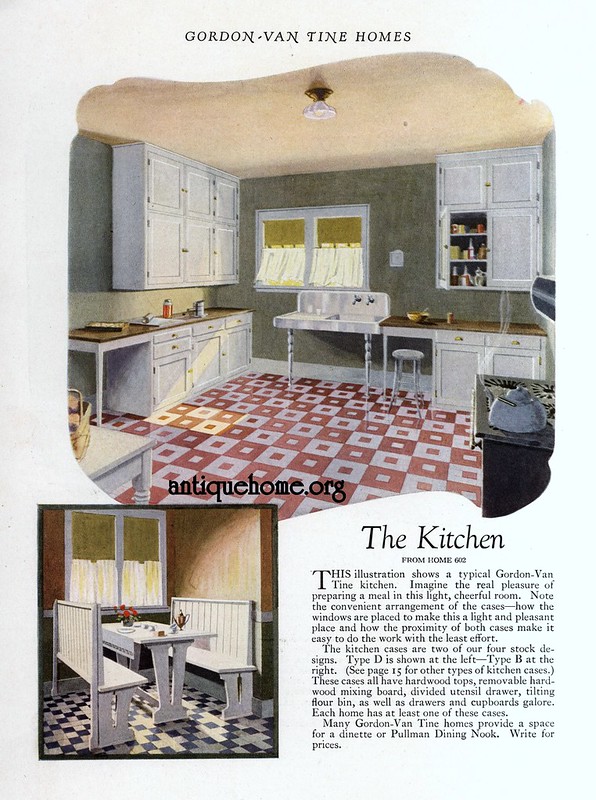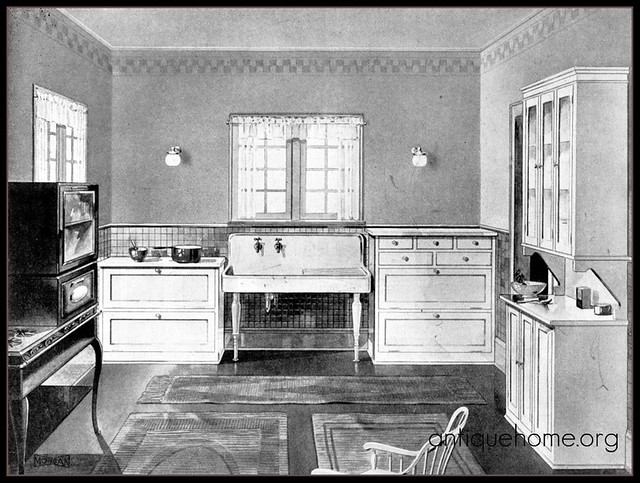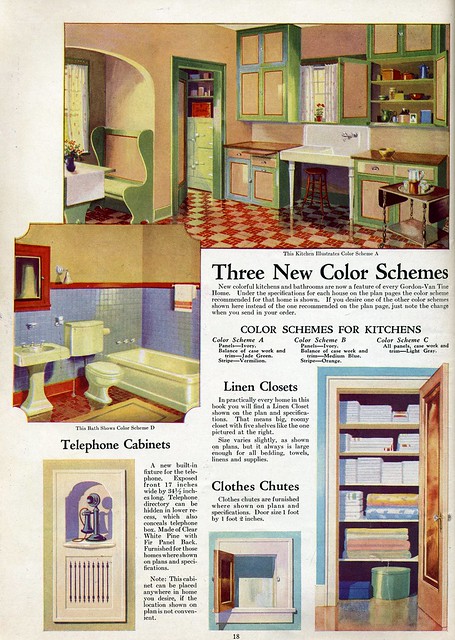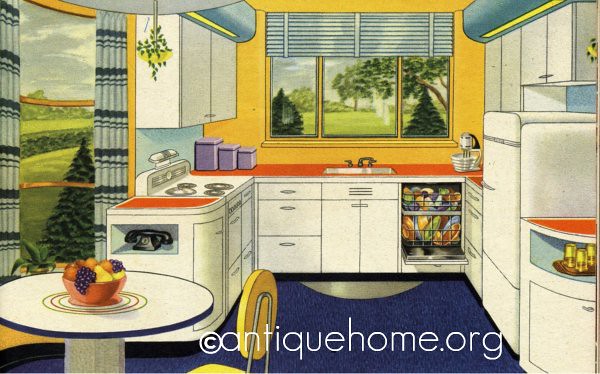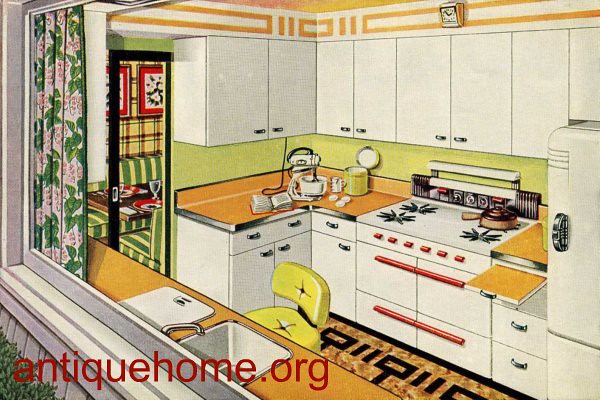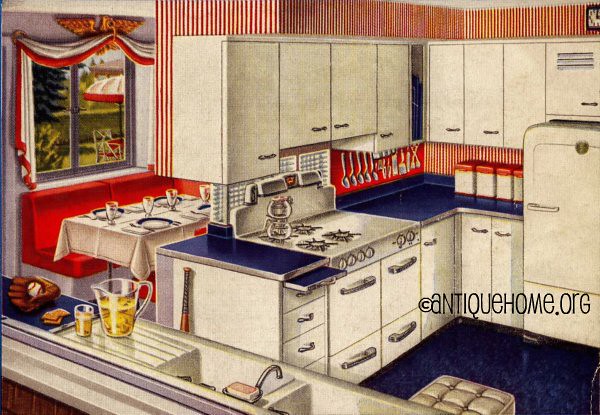The Magics
This is one of those moments that makes me, as an amateur historian cry inside, because stories like this grow legs and go racing along the digital byways of the 21st century. The above photograph is being held up as "potential proof" that Amelia Earhart, rather than dying during her round-the-world flight attempt in July 1937 was instead captured by the Japanese and held prisoner/killed/helped by the U.S. government as part of its secret spying mission masquerading as her flight. The culprit on this is the History Channel with promotional stories like this one and breathless articles like this one run by People Magazine.
I'll summarize for you the gentle reader - the above photograph was found in the National Archives by a retired federal agent named Les Kinney who found it misfiled. The image was in the collection of the Office of Naval Intelligence and, you can see from the caption on it, was taken in the Marshall Islands, a Japanese possession at the time and within "oopsie" distance of Earhart's flight path. Purportedly one of the gentlemen in the shot is her navigator, Fred Noonan, and the individual in the white shirt with the short haircut seated on the dock is Earhart. In the far right, her plane is being towed by a ship into harbor.
People Magazine helpfully blew up the picture so you could see the magic. The other chunk of proof is a listing of records from the Office of Naval Intelligence that shows a file of 130 pages about Earhart being a prisoner on the Marshall Islands was in the governments records and was "purged":
Why This Is Stupid
Context mainly, to accept this theory requires a misunderstanding of the 1930s, Earhart's life prior to her flight, Franklin D. Roosevelt, U.S. military and government resources, and American-Japanese relations in 1937. Lets dig into things piece by piece:
- Earhart's Flight/Aviation in the 1930s was dangerous - there is a reason Earhart's exploits earned her so much press and also so much fame, they were dangerous and being done by a female aviator. Flying across the Pacific in the 1930s was a risky activity, the Clippers that did the jaunt regularly and were commercial aircraft carried extensive survival gear in case of crashes - and one of them vanished as well without a trace. Support systems in the Pacific were minimal and Earhart's flight plan centered on landing on a tiny spot of an island to refuel, when her fuel capacity was extremely low. It was a high-risk/high-reward strategy to hit a timeline and get press. Speaking off...
- Earhart was a brand as much as a person and her style was wildly popular - that photo hinges, if you read the articles, on that being Earhart's signature haircut. She did cut her hair short and maintain it cut short, as part of her image. An image plastered on magazines, newspapers, and newsreels the world over. A haircut imitated by a huge number of women in the 1930s. Have a look at some style guide photos from the period below and remember - we are identifying Earhart based on looking at the back of her hair - any of the styles below potentially look like they might be mistaken for her distinctive look from the back?
- Earhart was a good pilot, not a great pilot - for the conspiracy to work you have to imagine that the United States government wanted to spy on the Japanese fortifications in the Marshall Islands (or other Pacific regions), needed a really good cover story to do so, and settled on convincing one of the most popular celebrity flyers of the 1930s to undertake this mission and keep it a secret. Earhart was a close personal friend of the Roosevelts but she was also a popular lecturer, writer, and professional celebrity, trusting her with such a mission would be risky on those grounds alone. But she also wasn't a great pilot - good pilot per those who knew her, solid pilot, but not great. Also prior to her flight she hadn't spent a great deal of time with her plane and made several errors in flight that damaged it.
- The United States had other pilots and spy aircraft - spying on Japanese military base construction in the Pacific was actually not that hard for the United States, the U.S. Pacific fleet (which was in the area and took part in the expensive search of Earhart post disappearance) had plenty of aircraft capable of long range flight in the late 1930s that could have taken pictures of those bases. Aircraft piloted by veteran naval pilots familiar with their craft and, if captured, not a public relations nightmare for the U.S. government.
- Franklin D. Roosevelt was into spy stuff but not crazy spy stuff - FDR was down for unusual plans to mess with Japan and he did enjoy dabbling in spy missions/covert operations, but there is no evidence he went for using civilians as spies in this capacity. Covert military operations, covert financial aid, absolutely.
- FDR was already hiding secret stuff to support Earhart - that airstrip that Earhart was going to land on at Howland Island, built by the U.S. Navy. At FDR's request, to support this effort, because he, his wife, and Earhart were good friends. Built at considerable expense during the Great Depression. Now imagine going to Congress and saying "Yeah I built that base to support a secret spy mission on Japan. What? Use it again, nah, no plans for that." FDR was popular but not that popular.
- Japan had nothing to really hide in the Marshall Islands - I dug around and it took some work but if you look at a solid online listing here the Marshall Islands did have military fortifications beginning in 1936 on them. Specifically some minor guns and a few troops. On islands owned by Japan. Fortified in violation of their League of Nations mandate but as Japan had resigned the League of Nations in 1936, they kind of didn't care.
- The Office of Naval Intelligence file is not a smoking gun - it is a 130 pages of correspondence on Earhart being a prisoner of the Marshall Islands, as in - people wrote the government letters on the subject. Funny thing about the government, generally it has to file every letter it receives for its archives. Every one. Even crazy ones talking about how Earhart's plane was brought down in the Marshall Islands by magical flying squirrels who taught her their secret nut-based code, which led to her being taken prisoner by the Japanese. Because the squirrels taught her how to get to Atlantis and the Japanese wanted to know. Goes in the file. Eventually the file gets thrown out after enough years. Could there have been a useful letter in there by someone with information? Possibly, but there were also probably a LOT of squirrel letters.
But since we are in a special spot historically with this, I'm going to go to the broader point, in 1937 Japan could have really used a good public relations boost with the United States. The image above is of the sinking U.S. gunship Panay, destroyed in December 1937 by Japanese aircraft. The ship was stationed in China and the Japanese government apologized and paid an indemnity for the action. 1937 overall was a bad year for Japanese-American public relations, with Japan's invasion of China and smashing of large amounts of territory. Earhart vanished in July 1937 and the U.S. government spent over $4 million in the largest search and rescue effort in history to that point trying to find her.
Had the Japanese government found her, why in that climate would they have locked her up? Lets look at the options:
- She is a U.S. spy on a clandestine mission - Japan returns her without saying anything, FDR owes them a favor/is at risk of exposure. Japan exposes her, FDR looses position in the U.S. and faces some nasty questions from Congress.
- She saw some Japanese military building while crashing - the U.S. learns about Japanese base building, which isn't actually a secret, and Japan gets credit for finding and saving the most popular female aviator in the world. Bonus points if done after the U.S. government spent $4 million and failed in its efforts. Japan is a hero for finding and saving her.
- She didn't see squat and Japan found her - Japan gets hero points and makes a wonderful public relations success with the U.S. public
Earhart was a brave woman, a brave aviator, and she and her navigator died attempting a dangerous Pacific crossing. Mistakes were made, it was an ill-fated attempt, but give her credit for flying and dying pursuing it. Don't turn Earhart's story 80 years after her death into a weird conspiracy mess.



























